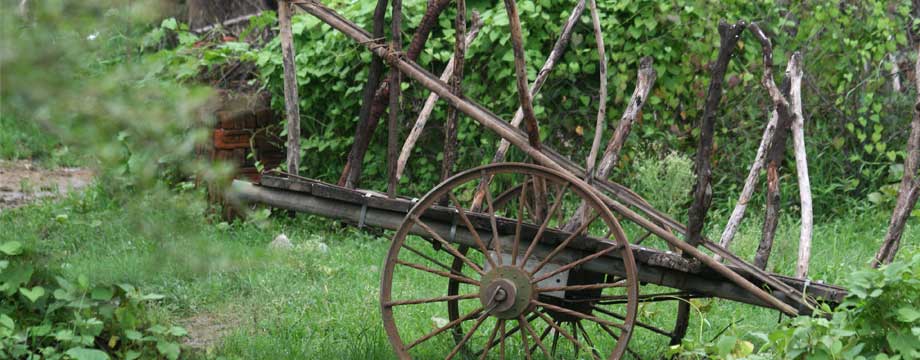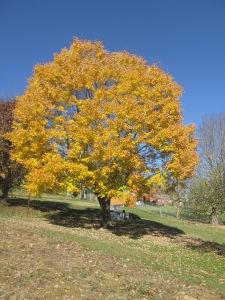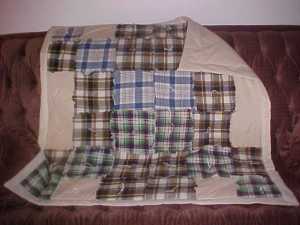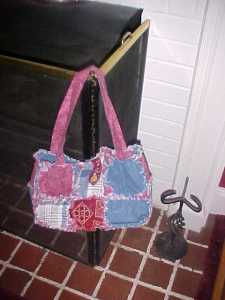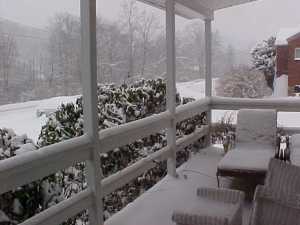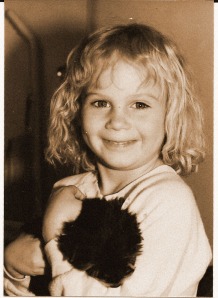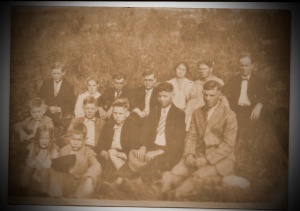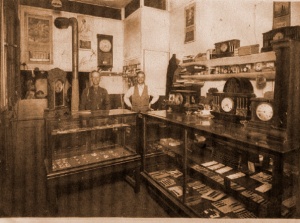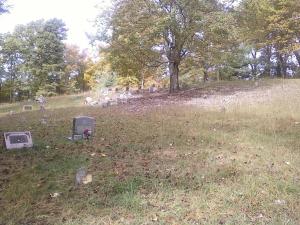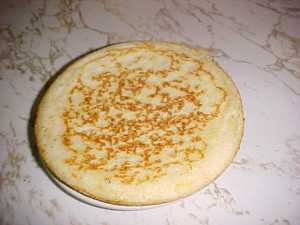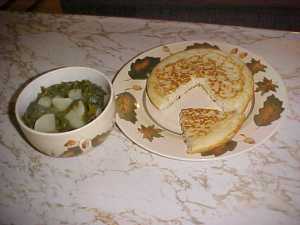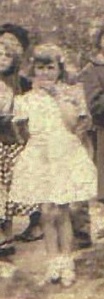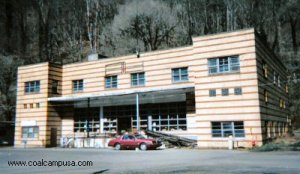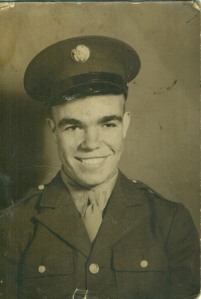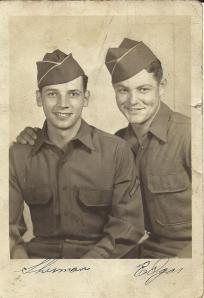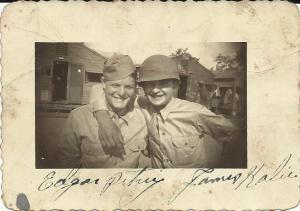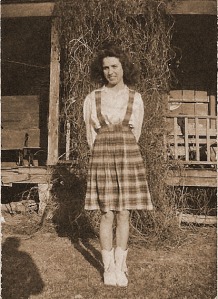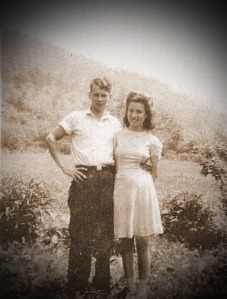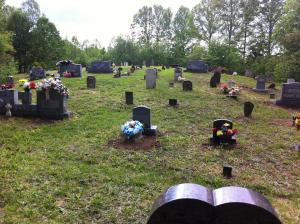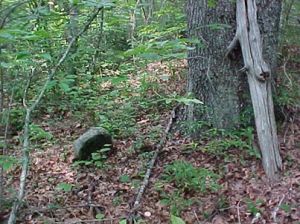Mariah was born in 1880 to Alexander and Polly Ann Lane of Wyoming County, West Virginia. I heard little about her growing up, and mostly any information was just the passing mention that she had died with that “terrible flu epidemic.” My grandfather Pierson had mentioned her once in my recollection. I wanted to learn more later in life about this young Mother whose life was cut short while she was in her prime. “Matters far out of her control would unfold and impact her family in a way she could hardly have imagined. Though it was a time for America to build and grow, it was also a tragic time of loss for so many families who lived in the early part of the 20th century. The Lester family of Wyoming County, West Virginia would be one such family. With much research and oral history, I will try to reconstruct those dark and tragic days of my great grandmother Mariah’s short life on this earth.
Mariah was born at a time when rural life could be hard and unrelenting with the day to day endless toil of trying to just provide food for a growing family. I often heard the saying that many had to “work from sun up to sun down” just to keep food on the table. In those early days for folks living in rural West Virginia, life was basically a day to day struggle for survival. They had to work long hours on hardscrabble farms mostly leased from the Land Company. Gardens were plowed by stubborn mules or work horses using timeworn tools and plows. Winters could be especially harsh and bleak in those mountains. I learned this firsthand, as I grew up on a mountain farm. Families in the Barker’s District of Wyoming County lived in drafty, weathered dwellings with no insulation. Homes were heated with wood, and fireplaces prevailed, so Winters were spent never comfortably warm. While there was much wood to be obtained, it took long hours of backbreaking work to put up enough wood to last a family through the long and difficult Winters in the mountains. A family’s stash of worn and rusted tools were often not up to the task of splitting adequate firewood. What today can be done in a few hours with a good chainsaw took days to accomplish with their rustic saws and axes. As a child, I personally knew women from the mountains who could split wood for the fireplace as speedily and precisely as any man.
The May 18,1910 census showed William Floyd and Mariah living in the Barker’s Ridge District of Wyoming County with daughters Ida and Polly Ann, sons Leonard, Walter, and Hugh Everette. At 30 years of age, Mariah already had a growing family which would be added to in the coming years. Now those days certainly did not have enough hours in the day; what with all the chores and children Mariah had to delegate chores to her young children. If they were ever to survive it would take everybody working long and hard. Long hours of drudgery reaped little except maybe some soup beans and cornbread for Supper in the stark Winters.
A Summer garden brought a much needed variety to the mountain table. I am sure Mariah looked forward to a mountain favorite locals referred to as either wilted lettuce or kilt lettuce. This favorite made the boring soup beans seem like a meal fit for a king. Foraging was common, so it is almost certain she set out early Spring to forage from the bounty offered by nature in those beautiful mountains that seemed to go on forever. Foraging was common for my grandmother, Ida Mae, and for her Mother Mariah before her. They learned very young how to identify the different edible greens, and would have also been able to obtain the wild Morel mushrooms and ramps in early Spring. My Mother also took me on these treks into the woods to gather wild greens given interesting names such as lamb’s quarter, poke salad, dandelion greens, and something few have heard of called “spotted John.” Sadly, I never learned near as much from these jaunts as I should have. They are, however, among my fondest memories. I can only imagine how much pleasure Mariah must have had with her young’uns tagging along to help her fill her “Tow sack.” It was also a matter of survival, and the fresh warm air was a welcome respite from the harsh cold of Winter. I often wonder how many of the old timey dishes my Mom cooked were handed down from Mariah. There were foods such as fried cornbread, wilted lettuce, blackberry cobbler, and a fried bread Mom called batter bread. The best was something I have never seen anybody fix, and that was my Mom’s chow chow which was not the sweet chow chow one usually finds. It was made in a crock with cabbage, green tomatoes, and green peppers much like Kraut. It may have even been a recipe learned from our Granny Wolfe whose folks came here from Germany.
If Winters were hard the spectacular Spring made up for it with its breathtaking contrast. The mountains were dotted with the many Redbud and Wild Sarvis trees along the hillsides, as Spring was just beginning to unfold. A dusty rose color enveloped the mountains as the buds from the massive forest was just beginning to show its softened colors. This was a time I always looked for, and was my favorite view in the mountains. I would drive along the roadways taking in this brief time when colors were muted. I looked forward to the splendor of different shades of green and colorful flowering dogwood and wild cherry blossoms that would soon follow. There were ramps, mushrooms, branch lettuce, and game aplenty in those wooded forests. It is no wonder the government had to reintroduce many species back into the hills of West Virginia in the later 1900s. Many species had been hunted out, and every farmer would take a potshot at the dreaded “chicken hawk.”
Life was hard, but in many ways they were spared the stresses of life we know today. There was always kinfolk ready to lend a willing hand. It was a time when the death of a young mother was more common than divorce, so children were physically prepared to take over households with ease should the need arise. Other mountain families took in children to raise, and it was not uncommon for a towheaded child to show up on the census in a household other than his parents. Most were a giving people ready to help their neighbors even in the direst of circumstances. No time for spoiling these small children, and they would need survival skills very young.
Polly Ann Lester b. June 13, 1901-d. Nov. 6. 1910
My grandmother Ida Mae was Mariah and “Little” Floyd’s firstborn with her birth in 1899. She was a very bright child, and I am sure eager to help with chores and tend her new baby sister. It was June 13, 1901, and Mariah was welcoming her 2nd child, a little girl they would name Polly Ann Lester. There was usually a midwife in those mountains should it become difficult to obtain a doctor. Midwifery was common, and most were trained by necessity in a remote setting without phones nor reliable transportation. Their skills could occasionally rise well above those of the doctors. Under Mariah’s guidance Polly Ann would speedily become a helper to her overburdened Mother.
On November 6, 1910 the chill of Winter would have begun to settle on the ridges in the mountains. It was a Sunday, and this was usually set aside as a day of rest. Somewhere near or on this date found the family doing their extensive laundry. Mariah had a new baby boy, John, born in August of 1910. With a new baby in diapers and loads of laundry to get done, they had probably heated the wash water to scalding as was the norm in those days. In this scalding water the clothes were dipped and washed while being rinsed usually in an old galvanized tub beside the one with washing. Polly Ann, being a helpful child of around 9 years of age, was in the proximity of the tub either helping or playing. She accidentally turned the tub over on her was the oral history reported by JoAnn Brannon. Polly Ann’s brother Gilbert, had passed this information to JoAnn while she was growing up. The date of Polly’s passing would lead one to speculate she probably did not die immediately. Sundays were held reverently in the mountains on into the 1970s to be the Sabbath and a day of rest. It would have been unlikely that Mariah was doing laundry or any work for that matter on the Sabbath. Whether the child lingered cannot be known, but the unthinkable happened; Polly Ann passed from this life as a direct result of the extensive burns she suffered.
Mariah laid her baby girl to rest on a hillside at Hickory Ridge Cemetery where most of the extended family were buried. There were probably many in attendance because both Mariah and Floyd were from large families. The families were close knit and a bit clannish, so Polly Ann would have had no shortage of family to mourn the loss of one so young. Larry Green and Dwaine Goodwin found a marker at the cemetery recently near Mariah’s grave while working at the cemetery. The initials PAL had been crudely carved into the stone. It is my thinking that would have been Polly Ann’s stone because that tragic loss of a child would have warranted more than just the simple fieldstones that covered the cemetery at that time. I had long wanted to tell the story of Polly’s life as I had Little Pearlie’s. Unfortunately I can only know of the beginning and the sad ending. I am sure what rests in the dashes between 1901–1910 was a child who learned to work hard, and had the deep love from both parents, siblings, and extended family. So there, dear Polly, I have done the best I can by you. RIP, as your nephew, Larry Green, gave you a forever marker to show that this small child once lived and walked along Bud Mountain in Wyoming County, West Virginia. How Ironic the stone would be discovered almost a century later. Another small soul named Cora also never made it to the 1910 census, but that will have to be another story for another day. Cora was born in 1904.
Unable are the loved to die, for love is immortality.
~~Emily Dickinson~~
Going Forward Without Polly Ann
Little time for grieving in those troubled times, so the death of this young girl was lost in all the hardships that lay ahead. Sometimes there is just not a choice. We all just have to move along, because time waits for no one. Such was the case in the Lester home, and more children would continue to join the family. After John there was Pearl, Gilbert, Kenna, Lewis, and finally the wee baby Siattie (Seay) on a later census.
America was becoming embroiled in a war with Germany that had been declared in 1917. Mariah had a new baby, and no let up of endless chores in the dark days that would plague this young Mother. The only blessing found in all this was that with all these mouths to feed Floyd certainly would not be drafted into the war effort. Another frightening occurrence even more disturbing than the 1st World War was the ever increasing number of people dying from some strange flu. Some were calling it the Spanish Flu. Given the remoteness of the mountains in those days, It may have seemed unlikely to Mariah that something so terrible would reach her mountain home. Unfortunately, this Pandemic of 1918 not only found her home, but claimed the life of this loving 38 year old Mother. William Floyd was left with a houseful of children and had to seek help from kinfolk to help care for them. The baby, Siattie, was not even weened at the time. The 1920 census would show Floyd had taken the youngest girls to his elderly parent’s home to live and help with their care. Anna had already raised a family, but these families did what they could. The boys were scattered about, and my Grandmother Ida helped even though she also was married and had a growing family.
Sources: Chapter 1 Influenza 1918–YouTube Video, Green Book by Arlie Dale Green, Acknowledge and thanks to Joyce Hylton for the beautiful picture of Wyoming County Mountains,
